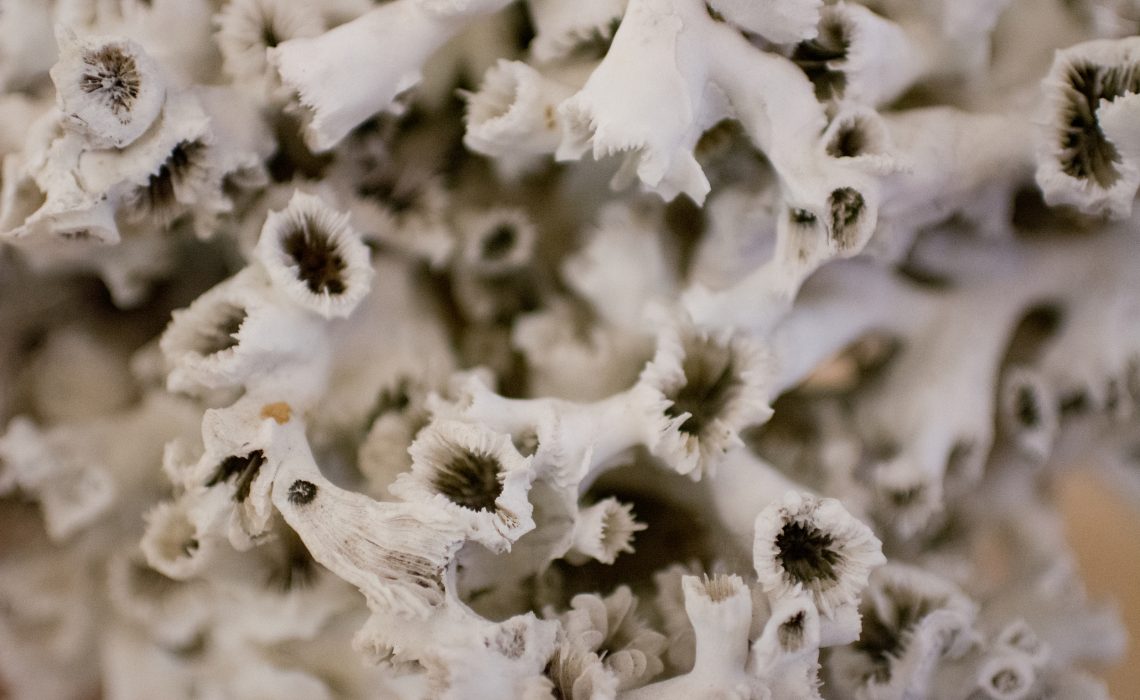
You might also like:
AT least 93 percent of Australia’s Great Barrier Reef suffers from coral bleaching, a new discovery by ARC Centre of Excellence for Coral Reef Studies found.
“We’ve never seen anything like this scale of bleaching before. In the northern Great Barrier Reef, it’s like 10 cyclones have come ashore all at once,” says Professor Terry Hughes, convenor of the National Coral Bleaching Taskforce that is documenting and studying the event.
Coral bleaching occurs as a result of climate change, and when corals are stressed by high water temperatures.
The task force surveyed 911 coral reefs by air, and established that the northern part of the reef was hit the hardest by the phenomena of bleaching. While the southern end of the reef fared better, risks from ocean acidification and fishing are causes for concern.
Corals turn white as a result of bleaching
Corals live in symbiosis with microalgae, or zooxanthellae, which provide the coral with nutrients and their colors. When the surrounding waters become too warm, diseased, or polluted, the zooxanthellae leave the corals, resulting in the corals being bleached white and with little to no nutrients.
In Sir David Attenborough’s new series on the Great Barrier Reef, the English naturalist expressed that the reef was in “grave danger” and that his last visit nearly 60 years ago was very different from today.
According to the ARC Centre of Excellence, reef tourism generates an annual income of $5 billion (approximately US$3.9 billion), and employs nearly 70,000 people.
Source: travelwireasia.com



